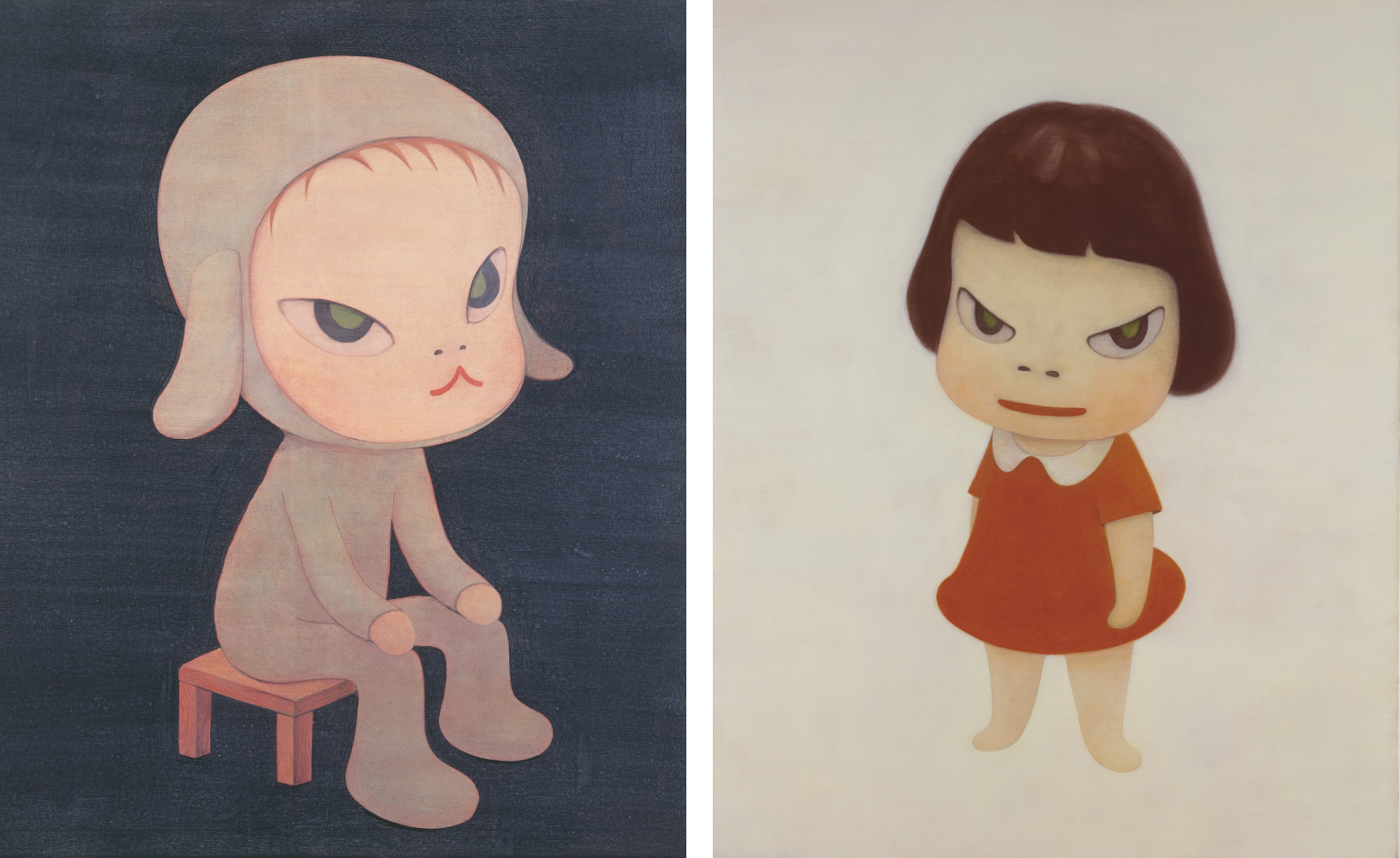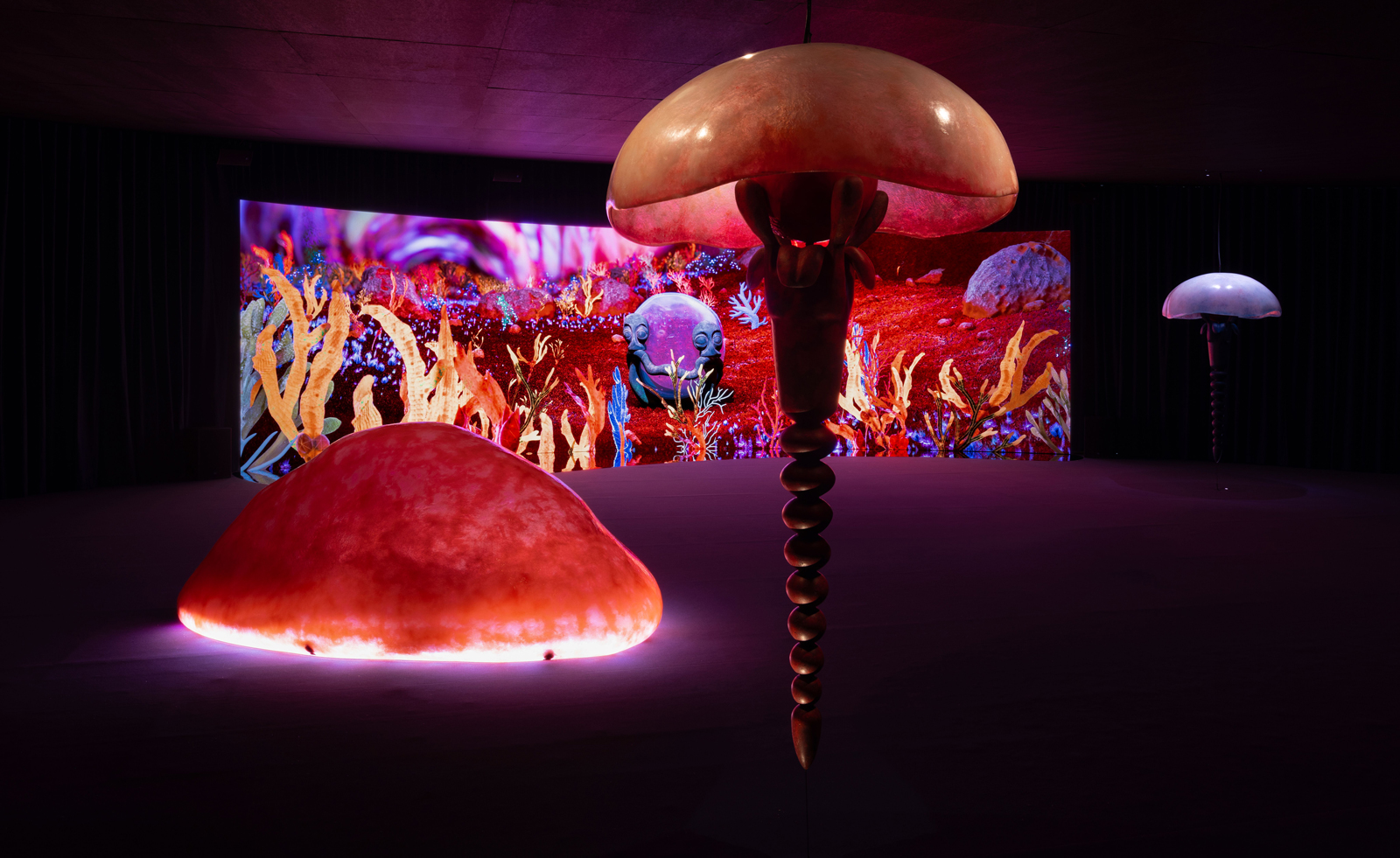Portrait of a modernist maverick: last chance to see the Jean Cocteau retrospective in Venice
‘Cocteau: The Juggler’s Revenge’, celebrating the French artist's defiance of artistic labels, is in its final week at Peggy Guggenheim Collection, Venice

Artist, poet, novelist, playwright, film-maker – Jean Cocteau was all of them and more. Perhaps, though, it was the poet’s dreamy nature that defined him, his unbounded approach to art forever propelling Cocteau towards the fringes of the modernist movement. Yet, he was at the heart of it, and it was Cocteau who invited Picasso to create the sets and costumes for his ballet, Parade, created with Erik Satie for Diaghilev’s Ballet Russes in 1917.
‘Cocteau: The Juggler’s Revenge’

Magnum Photos’ iconic portrait of Jean Cocteau, by photographer Philippe Halsman
This staging of Italy’s most extensive retrospective of Cocteau, ‘Cocteau: The Juggler’s Revenge’, a carnival of 150 works, including drawings, posters, an incredible array of jewellery, tapestries and film excerpts, is a tender dedication. For it was with a collection of Cocteau’s drawings and furniture designs that Peggy Guggenheim launched her inaugural exhibition and career as a gallerist, at Guggenheim Jeune, London, in 1938.

Jean Cocteau's La peur donnant ailes au Courage (Fear Giving Wings to Courage) caused a furore when it was exhibited in London in 1938
The show caused an uproar with British customs because, as Guggenheim later recounted, ‘One [of the works was] an allegorical subject called La peur donnant ailes au Courage, which included a portrait of the actor Jean Marais. He and two decadent-looking figures appeared with pubic hairs.' Painted by Cocteau on a cotton sheet, this erotic tableau – Marais had become his lover the year before – is a star exhibit in an entire gallery of them.

Cartier created the gold, silver and gem-set ‘Academician Sword for Jean Cocteau’ in 1955
The galleries are carefully defined, all the better to comprehend the scintillating scope of Cocteau's artistic output. As such, the order offers fresh insight. The collection of Cocteau's authored books, for instance, shines a light on lesser-known titles The Infernal Machine, The Difficulty of Being, and Profil-Opium. It also allows an overview of his book, magazine and poster design, and Cocteau's incisive approach to each medium
Then there's the jewellery design, which occupies the entire Gallery 10, and where we see Cocteau's recurring classical motifs rendered in gold, enamel and precious stones. A plastic, metal and faux pearl 'eye' brooch designed for Schiaparelli, however, is a highlight.
The exhibition also allows a rare opportunity to see the exquisite gold, silver and gem-set sword the Maisons-Laffitte-born artist designed for Cartier. Cocteau, whose film-making career flourished later in life, was invited to design the ‘Academician Sword for Jean Cocteau’ with its divine lyre, star and Orpheus outline, in 1955, when he was afforded membership to the Académie Française.

Left, Jean Cocteau Poetry, felt-tip pen and pastel on paper. Right, The Great God Pan (Did I Love a Dream), pastel, ink, gouache on woven paper
While this show is a passionately assembled love letter to a 20th-century cultural great, the clumsy ‘juggler’ label doesn’t do much to dispel the myth of the artist as the handyman creative. Nor does the exhibition organiser Kenneth E Silver’s argument for Cocteau as ‘a model for the kind of wide-ranging cultural fluidity we now expect of contemporary artists’ convince, considering Picasso, a close friend of Cocteau, also designed ceramics and jewellery.
Wallpaper* Newsletter
Receive our daily digest of inspiration, escapism and design stories from around the world direct to your inbox.

Eyes out: Oedipus by Jean Cocteau
So, let’s leave the last word to WH Auden: ‘The lasting feeling that his work leaves is one of happiness; not, of course, in the sense that it excludes suffering, but because, in it, nothing is rejected, resented, or regretted. Happiness is a surer sign of wisdom than we are apt to think, and perhaps Cocteau has more of it than some others.’
‘Cocteau: The Juggler’s Revenge’ is at the Peggy Guggenheim Collection, Venice until 16 September 2024
Caragh McKay is a contributing editor at Wallpaper* and was watches & jewellery director at the magazine between 2011 and 2019. Caragh’s current remit is cross-cultural and her recent stories include the curious tale of how Muhammad Ali met his poetic match in Robert Burns and how a Martin Scorsese Martin film revived a forgotten Osage art.
-
 Warp Records announces its first event in over a decade at the Barbican
Warp Records announces its first event in over a decade at the Barbican‘A Warp Happening,' landing 14 June, is guaranteed to be an epic day out
By Tianna Williams
-
 Cure your ‘beauty burnout’ with Kindred Black’s artisanal glassware
Cure your ‘beauty burnout’ with Kindred Black’s artisanal glasswareDoes a cure for ‘beauty burnout’ lie in bespoke design? The founders of Kindred Black think so. Here, they talk Wallpaper* through the brand’s latest made-to-order venture
By India Birgitta Jarvis
-
 The UK AIDS Memorial Quilt will be shown at Tate Modern
The UK AIDS Memorial Quilt will be shown at Tate ModernThe 42-panel quilt, which commemorates those affected by HIV and AIDS, will be displayed in Tate Modern’s Turbine Hall in June 2025
By Anna Solomon
-
 Saskia Colwell’s playful drawings resemble marble sculptures
Saskia Colwell’s playful drawings resemble marble sculpturesSaskia Colwell draws on classical and modern references for ‘Skin on Skin’, her solo exhibition at Victoria Miro, Venice
By Millie Walton
-
 Yoshitomo Nara’s skittish universe takes over the Guggenheim Bilbao Museum
Yoshitomo Nara’s skittish universe takes over the Guggenheim Bilbao Museum‘Yoshitomo Nara’ at the Guggenheim Bilbao Museum is the first major European retrospective to explore four decades of the Japanese artist’s oeuvre
By Sofia de la Cruz
-
 ‘Personal Structures’ in Venice is about ‘artists breaking free’
‘Personal Structures’ in Venice is about ‘artists breaking free’‘Personal Structures 2024: Beyond Boundaries’ reveals a rich tapestry of perspectives on the challenges of our time, from culture to climate and identity
By Nargess Banks
-
 Aindrea Emelife on bringing the Nigerian Pavilion to life at the Venice Biennale 2024
Aindrea Emelife on bringing the Nigerian Pavilion to life at the Venice Biennale 2024Curator Aindrea Emelife has spearheaded a new wave of contemporary artists at the Venice Biennale’s second-ever Nigerian Pavilion. Here, she talks about what the world needs to learn about African art
By Ugonna-Ora Owoh
-
 Kapwani Kiwanga considers value and commerce for the Canada Pavilion at the Venice Biennale 2024
Kapwani Kiwanga considers value and commerce for the Canada Pavilion at the Venice Biennale 2024Kapwani Kiwanga draws on her experiences in materiality for the Canada Pavilion at the 60th Venice Biennale
By Hannah Silver
-
 Venice Art Biennale 2024 highlights
Venice Art Biennale 2024 highlightsThe Venice Art Biennale took place 20 April - 24 November 2024 – here are our highlights from around Venice
By Amah-Rose Abrams
-
 What’s the big deal with breasts, ask artists at the Venice Biennale
What’s the big deal with breasts, ask artists at the Venice Biennale‘Breasts’ is set to open at ACP Palazzo Franchetti for the duration of the Venice Art Biennale 2024
By Hannah Silver
-
 Art X Lagos 2023: discover the artists to watch
Art X Lagos 2023: discover the artists to watchArt X Lagos 2023, the 8th edition of West Africa’s biggest art fair, was bigger and better than ever
By Ugonna-Ora Owoh